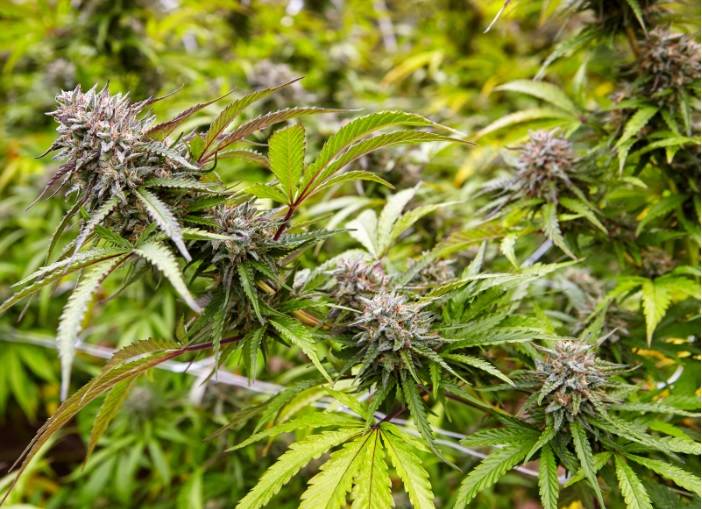Flowering cannabis requires special attention and care to achieve a successful and bountiful harvest. Whether you are a seasoned grower or a beginner, understanding the crucial factors during the flowering stage can make a significant difference in the quality and yield of your cannabis plants. In this guide, we will explore essential care tips for flowering cannabis, from feeding and fertilizing to dealing with pests and ensuring an optimal environment for your plants.
When to Start Feeding Flowering Cannabis
Transitioning your cannabis plants from the vegetative stage to the flowering stage marks a critical moment in their growth cycle. Typically, you should start feeding your cannabis plants with flowering-specific nutrients when you notice the first signs of flower development. This is usually around 2 to 4 weeks after adjusting the light cycle to 12 hours of light and 12 hours of darkness. Proper nutrient balance during this phase will provide your plants with the essential elements needed to produce healthy and robust buds.
What Fertilizer to Use for Cannabis
Choosing the right fertilizer is vital for the overall health and performance of your flowering cannabis plants. Look for a high-quality, balanced nutrient formula specifically formulated for the flowering stage. These fertilizers will contain the necessary macro and micronutrients required for optimal bud development. Additionally, consider using organic or slow-release fertilizers to minimize the risk of nutrient burn and promote long-term soil health.
How Much Light Do Flowering Plants Need?
During the flowering stage, cannabis plants require a specific amount of light to produce large, potent buds. Generally, they need around 12 hours of uninterrupted darkness and 12 hours of intense light each day. If you’re growing indoors, invest in high-quality grow lights that emit the right spectrum for flowering. On the other hand, outdoor growers should be mindful of light pollution during the dark period, as any light exposure during this time may disrupt the flowering process.
Dealing with Pests and Mold
Pests and mold can wreak havoc on flowering cannabis plants if left unaddressed. Regularly inspect your plants for signs of pests such as spider mites, aphids, and whiteflies. Use organic insecticides or beneficial predators to combat these pests without harming your plants or the environment. Additionally, monitor humidity levels to prevent mold development, and ensure proper airflow within the grow space to discourage mold growth.
Environmental Factors
The environment plays a crucial role in the health and productivity of flowering cannabis plants. Maintain a stable temperature range of 65-80°F (18-26°C) during the day and slightly cooler temperatures at night to optimize growth. Adequate ventilation and airflow will prevent stagnant air, reducing the risk of mold and pests. Moreover, maintain the right humidity levels, ideally between 40-50%, to promote healthy growth without encouraging mold growth.
When to Harvest Your Flowering Plants
Knowing the ideal harvest time is essential for obtaining the desired potency and flavor of your cannabis buds. Look for visual cues like pistil color and trichome development to determine the optimal harvest window. Harvesting too early or too late can impact the potency and overall quality of your cannabis crop. Take the time to research and understand the specific strains you are growing to ensure the best possible harvest.
Tips for a Successful Cannabis Harvest
A successful cannabis harvest involves more than just cutting down the plants. After harvesting, carefully trim the buds to remove excess leaves and improve the aesthetics of your product. Properly dry the buds to reduce moisture content and prevent mold. Lastly, curing the buds in a controlled environment will enhance their aroma, flavor, and overall smoking experience.
Conclusion
Growing flowering cannabis is a rewarding experience that demands careful attention and expertise. By following these care tips, you can maximize the potential of your cannabis plants and enjoy a successful harvest. Remember to pay attention to feeding, fertilizing, lighting, pest control, environmental factors, and the right time for harvesting. With dedication and knowledge, you’ll be well on your way to producing high-quality, homegrown cannabis that you can take pride in. Happy growing!
Disclaimer: Growing cannabis may be subject to legal restrictions depending on your location. Always ensure compliance with local laws and regulations before attempting to cultivate cannabis.

